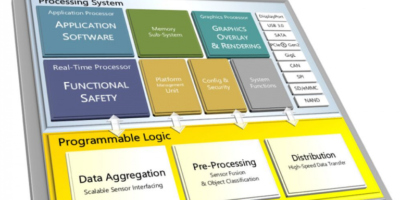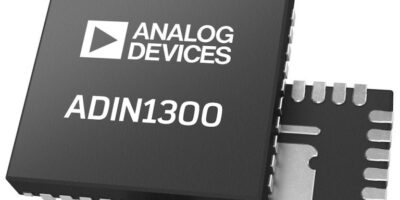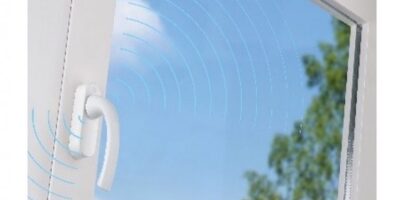The Xilinix Automotive (XA) Zynq UltraScale+ MPSoC 7EV and 11EG have been added to the company’s automotive portfolio. According to the company, the programmable capacity, performance and I/O capabilities enable high-speed, data aggregation, pre-processing, and distribution (DAPD) as well as compute acceleration for L2+ to L4 advanced driver assistance systems (ADAS) and autonomous driving applications.
The XA Zynq UltraScale+ MPSoC 7EV and 11EG offer over 650,000 programmable logic cells and nearly 3,000 DSP slices, representing a 2.5-fold increase compared with the previous largest device.
The XA 7EV contains a video codec unit for h.264/h.265 encode and decode; the XA 11EG includes 32 12.5Gbits per second transceivers and provides four PCIe Gen3x16 blocks. At the launch, Xilinx said the devices provide the performance required by carmakers, robotaxi developers and Tier-1 suppliers to perform power-efficient DAPD and compute acceleration that allows for scalable production deployments for autonomous driving vehicles.
The XA Zynq UltraScale+ MPSoC portfolio is qualified to AEC-Q100 and integrates both Xilinx programmable logic and a feature-rich 64-bit quad-core Arm Cortex-A53 and dual-core Arm Cortex-R5-based processing system that is certified to ASIL-C level in the low power domain. These characteristics and the high data throughput capability of the XA 7EV and XA 11EG accelerate the deployment of autonomous.
The XA 7EV and XA 11EG are available for order today. Both are supported by Vitis and Vitis AI software.
Xilinx develops adaptive processing platforms that enable rapid innovation from the endpoint to the edge to the cloud. Xilinx invented the FPGA, hardware programmable SoCs, and the ACAP.







